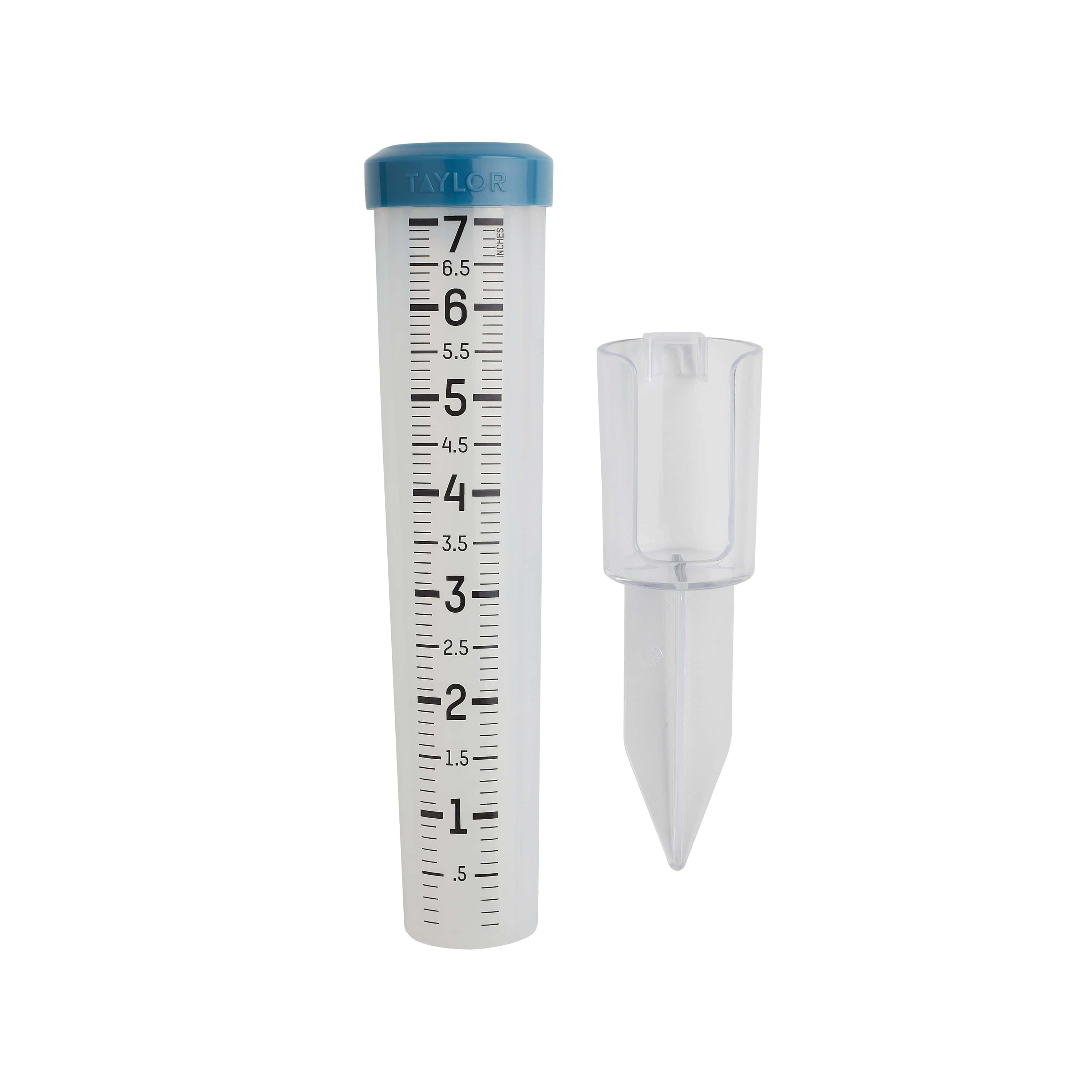Mastering the Scientific Research Behind The Rain Gauge: Insights and Innovations Unveiled
Mastering the Scientific Research Behind The Rain Gauge: Insights and Innovations Unveiled
Blog Article
DIY Rain Scale: Simple Steps to Make Your Own
Producing your very own DIY rainfall scale is a basic and efficient method to gauge and tape rainfall. With just a couple of typical materials and some fundamental steps, you can easily build your very own rainfall gauge at home. Allow's obtain started on making your Do it yourself rainfall scale today!
Gather Materials
To start creating your DIY rain gauge, gather all the essential products using a comprehensive listing of items. Having the ideal products on hand will certainly guarantee the effective creation of your rain gauge and permit for precise dimensions of rains. Collecting these materials ahead of time will simplify the building and construction process and ensure that you have whatever you need to produce your own Do it yourself rain scale.
Prepare the Container

Mark the Dimension Increments
To accurately measure the amount of rains, properly marking the measurement increments on your do it yourself rainfall scale is necessary. Without clear and specific markings, it would be challenging to determine the precise amount of rains collected in your rainfall scale. Below are the actions to note the measurement increments on your rain scale.
First, pick the unit of measurement that you intend to use. One of the most common systems for measuring rains are millimeters and inches. Use a long-term marker or water resistant paint to mark the increments on the side of your rainfall scale when you have actually picked the unit. For inches, you can mark every quarter inch or every fifty percent inch, depending on your preference. For millimeters, you can note every 10 millimeters or every 20 millimeters.
When noting the increments, it is necessary to guarantee that they are equally spaced and plainly noticeable. Make use of a ruler or gauging tape to make certain precision and consistency. In addition, ensure that the markings are resistant to fading or massaging off, as exposure to the elements may cause them to wear away over time.
Location the Rain Gauge Outdoors
The rain scale should be put outdoors to accurately accumulate rains data. The place selected for the rainfall scale need to be open and totally free from any type of blockages that might possibly influence the dimension of rains. It is vital to locate a place that is not obstructed by trees, buildings, or various other frameworks that can block the rainfall from reaching the gauge. This will guarantee that the accumulated data is rep of the real rains in the location.
Additionally, it is important to position the rainfall gauge on a stable surface area, such as a degree ground or a durable article. This will certainly avoid any activity or tilting of the scale, which can cause inaccurate measurements. It is additionally suggested to stay clear of placing the gauge near any type of sources of fabricated water, such as sprinklers or drain systems, as this can hinder the precision of the measurements.
Monitor and Record Rain Information
Normal tracking and recording of rainfall information is crucial for exact information analysis and analysis. By monitoring rainfall dimensions, you can acquire important insights right into weather patterns, environment trends, and water source administration. To successfully keep track of and tape rainfall data, it is crucial to develop a regular and maintain consistent techniques.
To start with, make sure that your rain gauge is placed in an open area away from see this website challenges such as trees or structures that might obstruct rains. Additionally, see to it the rainfall scale is level and safely anchored to avoid any motion that could impact the precision of the dimensions.

When recording the rains information, it is vital to note the day and time of each measurement. Use a leader or a measuring stick to identify the rainfall depth in the rainfall gauge, and document this info properly.
To make sure the accuracy of the dimensions, it is recommended to clear the rainfall scale after each recording. This will stop any kind of overflow or evaporation from influencing subsequent dimensions.
Verdict
In conclusion, creating a DIY rainfall gauge is a basic and sensible way to monitor and tape rainfall data (The Rain Gauge). By adhering to the steps described in this short article, you can conveniently gather materials, prepare the container, mark the measurement increments, and position the rain scale outdoors. Frequently keeping an eye on and recording rainfall information can give useful information for different functions
Having the ideal products on hand will certainly ensure the successful creation of your rain scale and enable for accurate measurements of rainfall.To properly measure the quantity of rains, properly marking the dimension increments on your DIY rain gauge is important.The rainfall gauge need to be put outdoors to properly collect rainfall data. The place selected for the rainfall scale should be open and free from any kind of blockages that might possibly influence the measurement of rains.In final thought, creating a DIY rain scale is a basic and useful this website way to keep track of he said and tape rains information.
Report this page